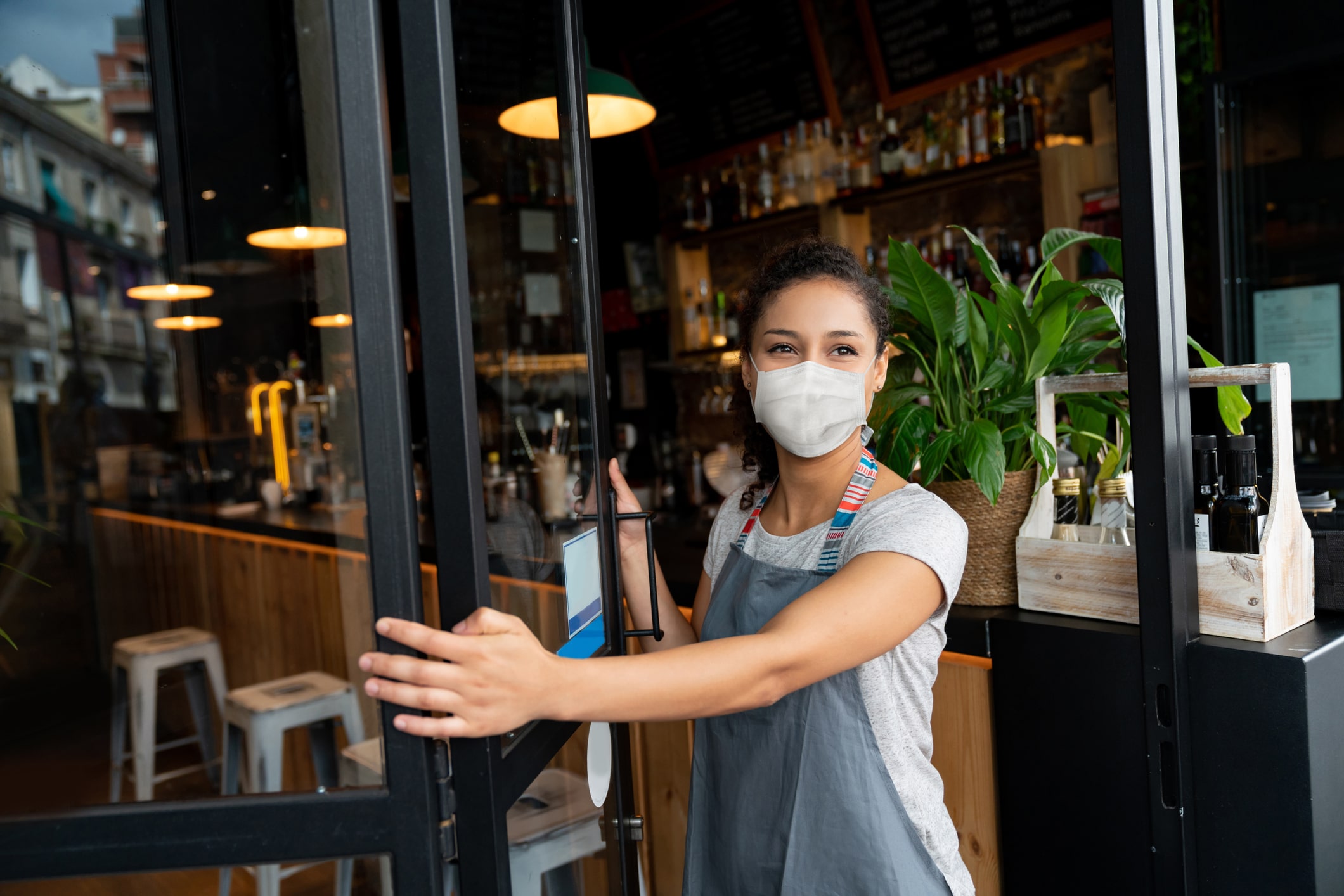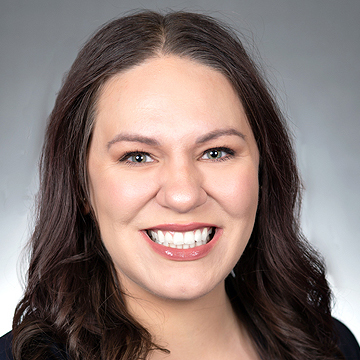
As Kentucky and surrounding states continue to reopen, it is tempting to jump back into many of our pre-pandemic routines. While we are all excited to do some of the things we enjoy again, it is important to be thoughtful about what we are choosing to do and patient when we do it. Considering how risky each activity is will be important when weighing your options.
A few important facts that help us determine degree of risk:
COVID-19 is spread by respiratory droplets. This means that if someone who was shedding viral particles coughed, sneezed or breathed on you (particularly without wearing a mask), you may catch the disease. It also means that if someone coughed on a table and you touched it shortly thereafter and then touched your face prior to washing your hands, you could catch the disease. Droplets fade away easier in an outdoor setting, spread less easily when there is space between people and are more easily contained by wearing a mask. Activities without masks are higher risk: yelling, singing, exercising, eating and drinking.
COVID-19 has a long incubation period. If you are exposed to someone with COVID-19, it could take five days to two weeks for you to show symptoms and some people who are infected never show any signs of the virus. So while you are out and about you may be near people who are feeling well and still able to spread the virus – in fact, you yourself could be spreading the infection without knowing it. We are still awaiting evidence on exactly how often people without symptoms can spread disease but it is certainly riskier than not venturing out.
Questions to ask yourself before going out:
- Is anyone sick at home? This includes fever, trouble breathing, coughing but also GI symptoms, headaches, fatigue, muscle aches, sore throat, new loss of smell/taste. See a CDC list of updated symptoms here (with a symptom checker bot). If so, stay home and seek input from a health care provider regarding need for testing/evaluation.
- Are you or someone in your household at high risk for complications? If so, consider staying home or selecting from lower risk activities.
- Have you engaged in other activities that have increased your risk to have the disease (occupation or large gatherings)? In other words, how likely are you to go out and spread the virus to someone else?
- Is COVID-19 increasing or decreasing in my community? CDC tracker by state here and COVID Act Now tracker by state/county.
- How risky is the activity we are planning on doing?
- How can we make the activity as safe as possible?
To be safe, identify one or two activities your family really values and figure out if you can do them safely. You don’t have to do everything you’ve been missing all at once, even though it’s tempting. Your best bet is to only add a one to two new activities every one to two weeks and keep monitoring for symptoms. The same goes for adding new people to your close circle. I would consider reviewing each households’ exposures/risk factors and if you are both willing to take on the risk, considering how to interact in a distanced and safe way. Keep in mind that you are effectively mingling with all of their household/close contacts and everywhere they’ve been.
You don’t have to do everything you’ve been missing all at once, even though it’s tempting.
The factors that impact likelihood of contracting the virus are location, distance from others, duration of time spent and ability to wear masks. Make sure you think about how much time you will be spending someplace. Fifteen minutes in a store is probably lower risk than spending two hours at a restaurant.
Some tips for planning before and being prepared while at a destination:
Restaurants
Inherently a higher-risk activity as one cannot wear a mask while eating, which increases risk of spreading respiratory droplets. This is a risk from table to table but also if you are eating at the same table with someone who is not in your household.
Consider not choosing this activity if you are at high-risk of complications or if the virus is increasing in your area as these precautions can only minimize the risk, not remove it. Consider takeout or delivery instead.
Plan:
- Are the restaurant employees wearing masks?
- How far apart are tables spaced?
- Is there an outdoor seating option?
- Does the restaurant have clearly posted policies, including commitment to sick leave for employees?
Prepare:
- Before sitting down, take a look around the restaurant to be sure staff are wearing masks appropriately and tables are adequately spaced.
- Choose to eat outdoors. Being outdoors allows respiratory particles to dissipate rather than recirculate as they do inside.
- Eat with a small group. The fewer people, the better – if possible only your household.
- Avoid self-serve options.
- Consider not lingering over appetizers/desserts.
Retail stores
Not all stores are equally risky, ask some of the following questions to see how risky your planned store is.
Plan:
- How many people are allowed in the store at a time?
- Are people practicing social distancing?
- Are the shoppers and employees wearing masks?
- Are the carts being cleaned between customers?
- Are aisles one way to reduce congestion?
- Is there a less busy time to shop?
Prepare:
- Take only what you need inside the store and have hand sanitizer with you. Gloves are not more helpful than using hand sanitizer.
- Plan to only have one member of the household shop; having less people in the store will be safer for everyone.
- Wear a face covering and practice not touching your face.
- Packing some bleach wipes or paper towels with bleach in a plastic baggie will allow you to clean your cart.
- Plan what you are looking for so the trip is efficient.
- You may need extra time to allow busier aisles to clear before heading down.
Gyms
This is naturally a higher-risk activity as many people will be exercising without masks and breathing heavily, this increases the distance and spread of respiratory droplets. If you are at higher risk for complications, consider exercising outdoors rather than in a gym.
Plan:
- What are the sanitizing procedures?
- How spaced out are people while exercising?
- How many people are in the gym while you will be there?
- Do they have an online check-in or reservation system?
Prepare:
- Wear a mask into the building and to your machine/workout area. Consider whether you can manage wearing a face mask for activities like walking and yoga.
- Avoid using the locker room if possible.
- Select machines/mats that are spaced from others.
- Clean your own machines before and after use.
- Wash/sanitize hands frequently.
Hair salons
Plan:
- Are the stylists wearing masks?
- Are clients wearing masks?
- How many people are in the salon at one time? Have they altered the appointment schedules to better distance clients?
Prepare:
- Book your service in advance to reduce the waiting time.
- Don’t bring a guest, the less people the safer it is for everyone.
- Plan on wearing a mask during most of your visit, especially in the waiting area and other places where you are unable to distance from other guests.
- Ensure your stylist sanitizes their hands prior to starting your service.
- Don’t linger longer than needed, despite the temptation to catch up.
- Some salons are requesting only credit card payments, check with your salon so you arrive prepared.
If you do resume some of your normal activities, try to stay with the people who live in your household. If you will be visiting other people, it’s courteous to let them know where you have been, so they can determine the risk-level.
Stay safe!
Additional resources:
- Close-up, slow-motion video of a Sneeze by JAMA: https://www.youtube.com/watch?v=piCWFgwysu0
- Current state statistics and testing facilities:
- Kentucky Dept. of Public Health COVID-19 site
- Indiana Dept. of Public Health COVID-19 Site
- CDC Guide to Daily Life: https://www.cdc.gov/coronavirus/2019-ncov/daily-life-coping/activities.html
- CDC Considerations for Restaurants: https://www.cdc.gov/coronavirus/2019-ncov/community/organizations/business-employers/bars-restaurants.html









